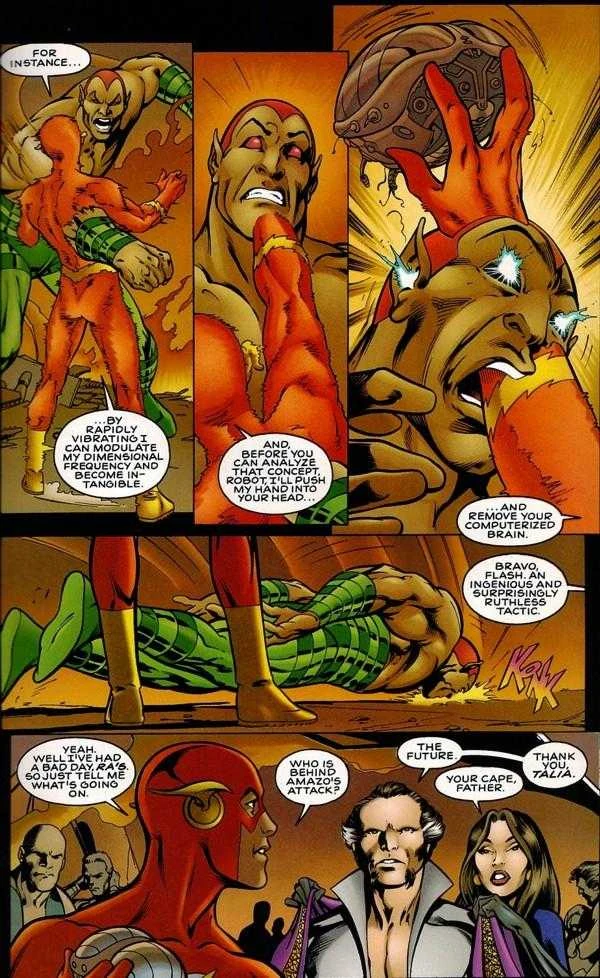- 7,904
- 14,968
Rehashing an earlier thread that got side-tracked by a misunderstanding. There are two proposals, both seem relatively uncontroversial to an extent.
Proposal 1: The merging of two 3-D spaces that are universal in size is not Tier 2 unless those spaces are confirmed to be spacetime continuums (4-D). This tracks with our current standards, as we only treat spacetime continuums as Tier 2 whereas large 3-D spaces are Tier 3, so merging two Tier 3 spaces should naturally also be Tier 3.
Proposal 2: The destruction of a universe-sized space is often tiered based on the content of the space itself. However, if that space is considered empty it should not be considered tierable for AP as nothing has properly been destroyed, and should only be considered range. We tier destruction feats based on the energy required to destroy something, but there is no logical way to tier the destruction or creation of a space in which there is no matter.
Votes
Proposal 1:
Agree:
Neutral:
Disagree:
Proposal 2:
Agree:
Neutral:
Disagree:
Proposal 1: The merging of two 3-D spaces that are universal in size is not Tier 2 unless those spaces are confirmed to be spacetime continuums (4-D). This tracks with our current standards, as we only treat spacetime continuums as Tier 2 whereas large 3-D spaces are Tier 3, so merging two Tier 3 spaces should naturally also be Tier 3.
Proposal 2: The destruction of a universe-sized space is often tiered based on the content of the space itself. However, if that space is considered empty it should not be considered tierable for AP as nothing has properly been destroyed, and should only be considered range. We tier destruction feats based on the energy required to destroy something, but there is no logical way to tier the destruction or creation of a space in which there is no matter.
Votes
Proposal 1:
Agree:
Neutral:
Disagree:
Proposal 2:
Agree:
Neutral:
Disagree:

